Stay Up To Date
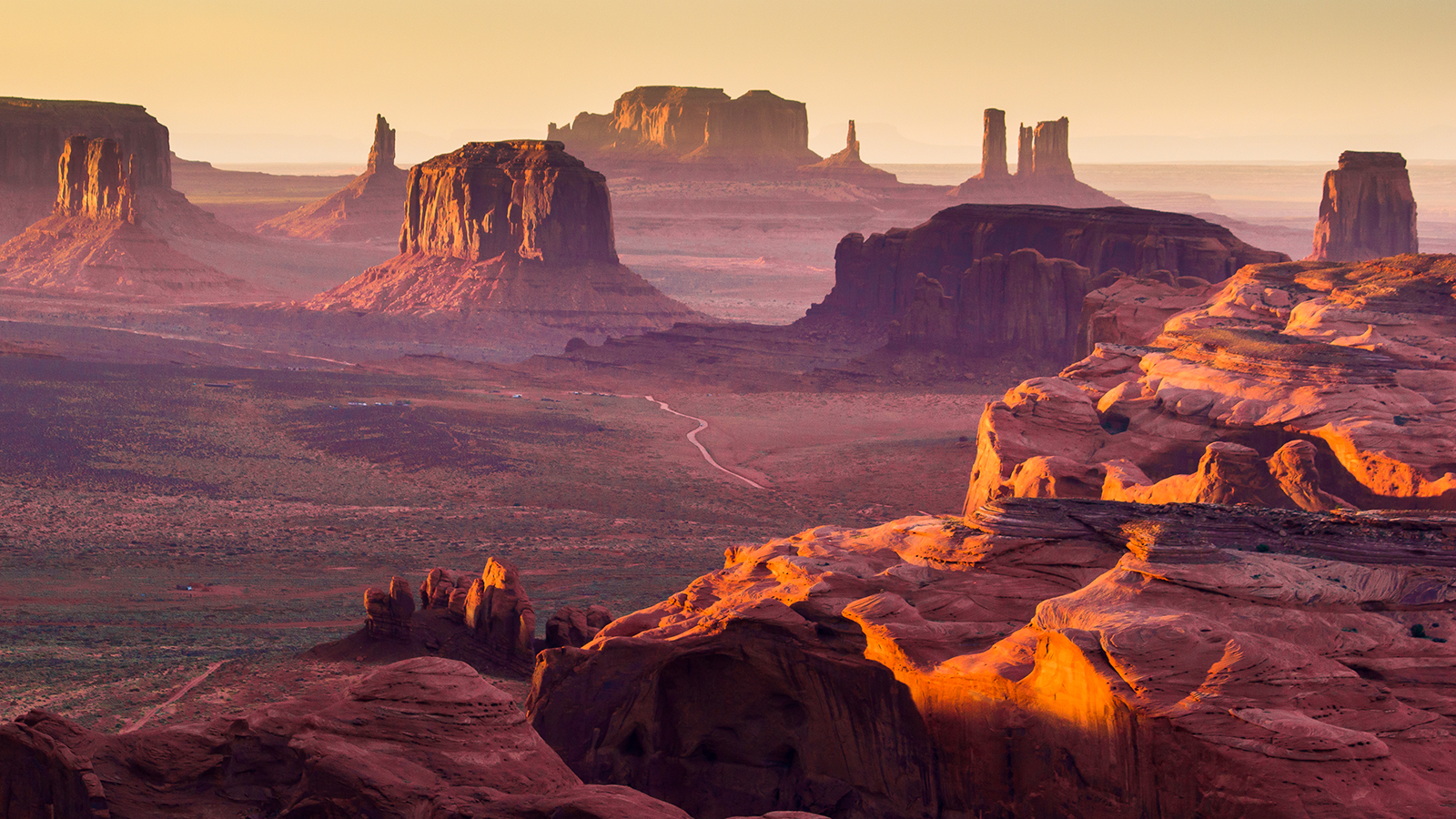
Understanding Public Lands as a Way to Teach Geography
The public lands of the United States cover more than six hundred million acres and include national parks, national seashores, national wildlife refuges, wilderness areas, national forests, monuments, select lakes and seashores, underground mineral reserves, marine sanctuaries, historic and scenic trails, and national grasslands.
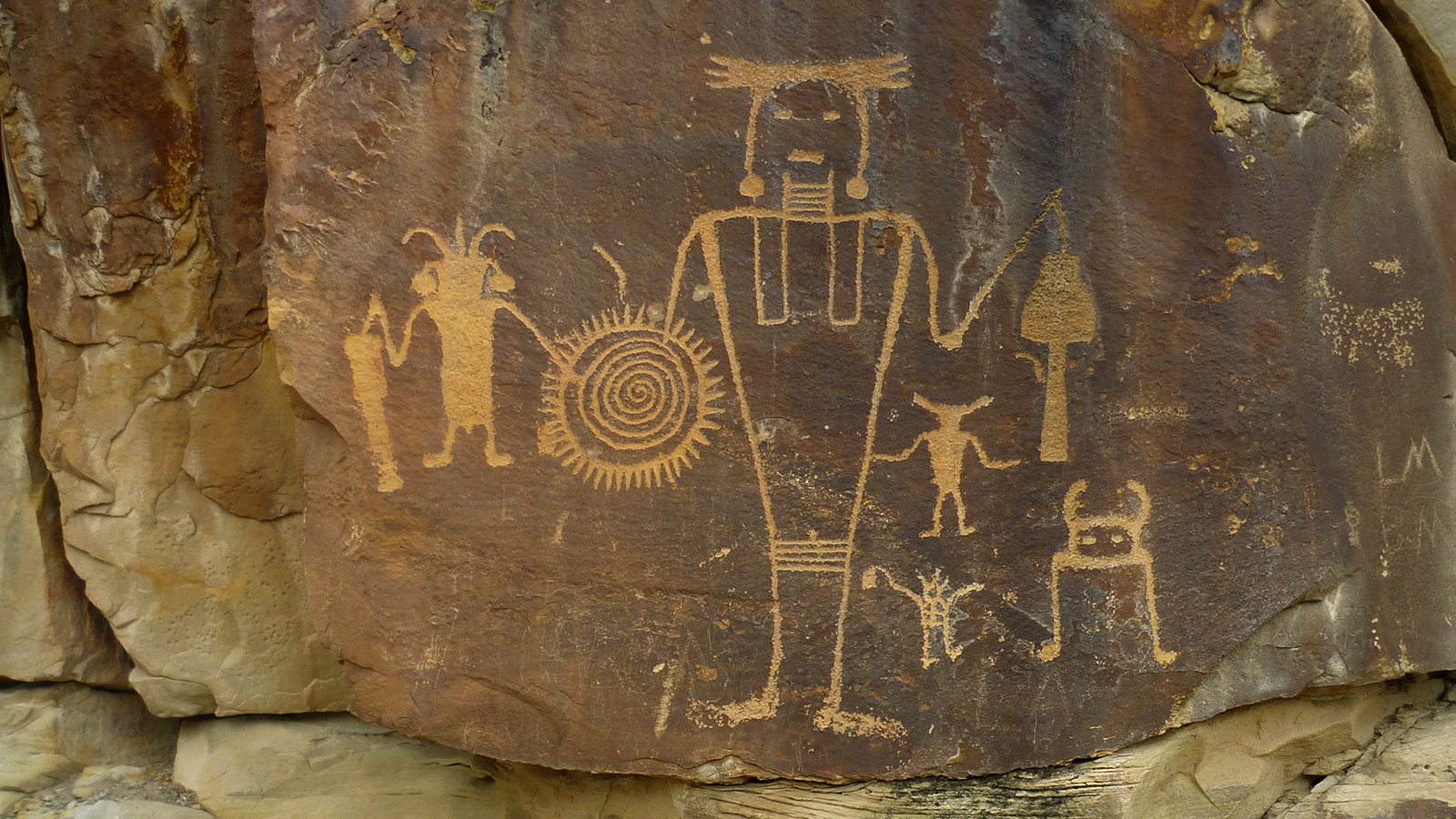
Teaching Geography and Culture Through Origin Stories and Myths
Why am I here? Where do I come from? Who am I? Questions like these are answered in part through stories handed from one generation to another.
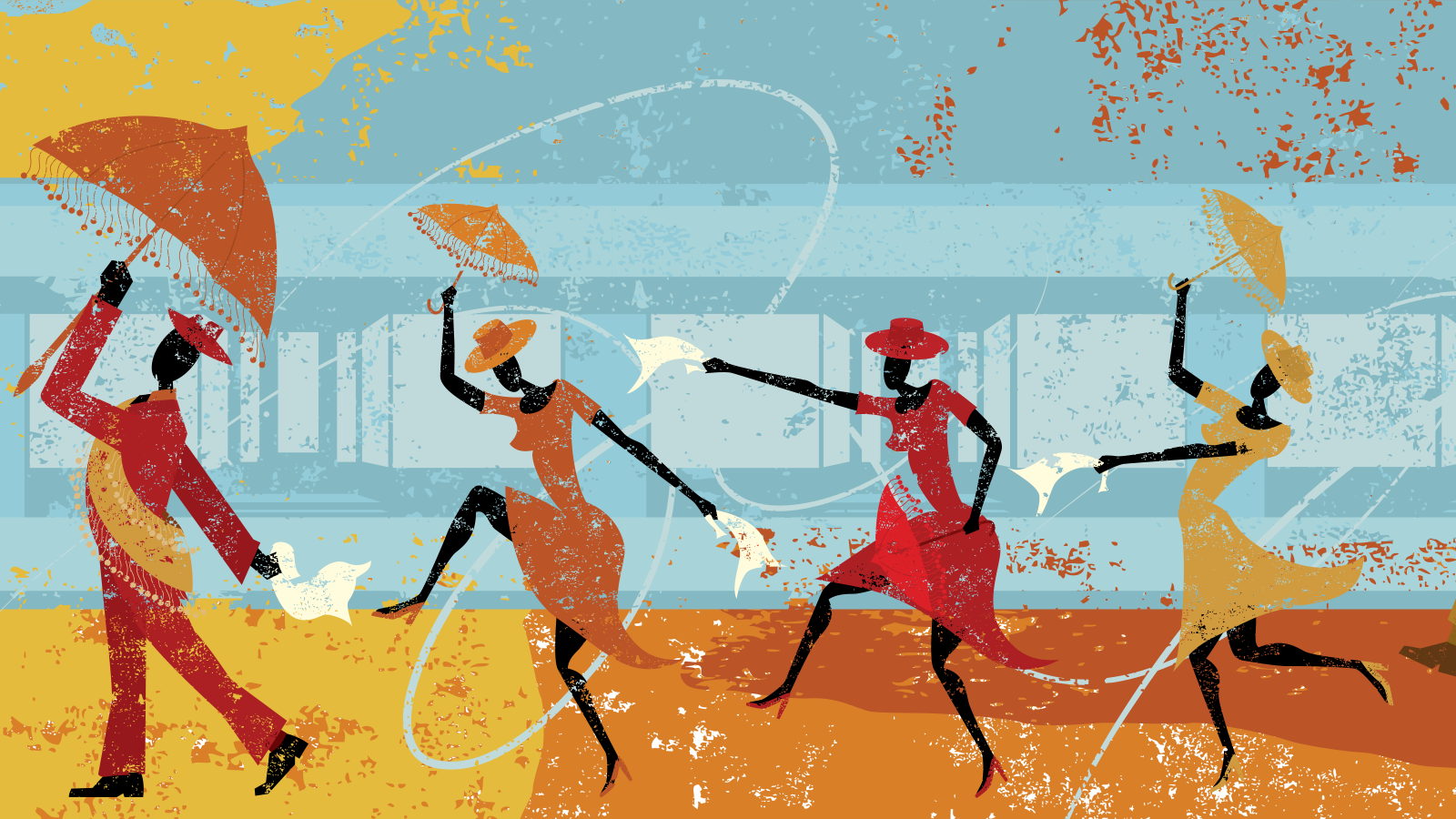
Teaching Cajun and Creole Culture through Folktales
There is a direct relationship between culture and folktales.
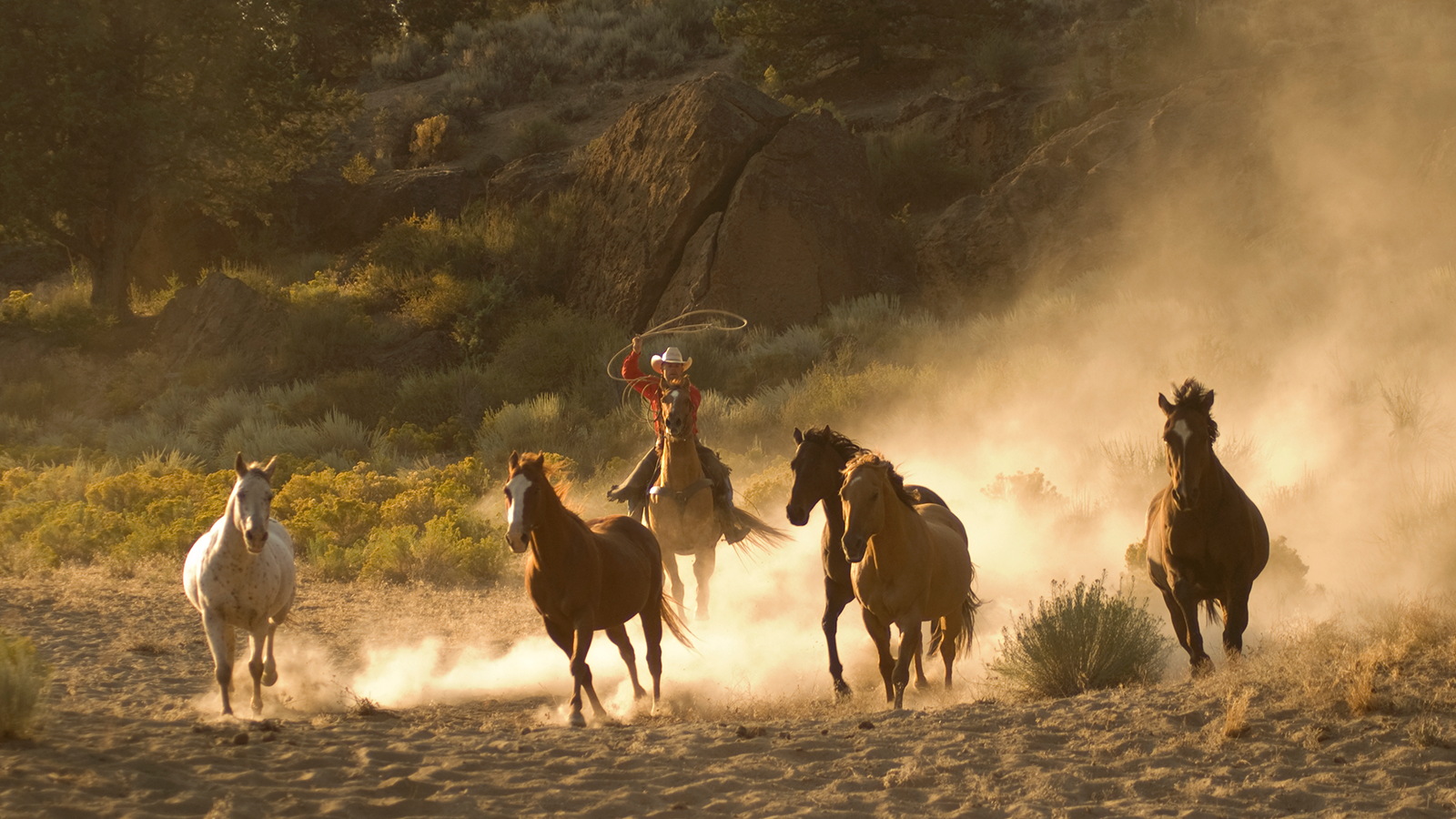
Teaching about the American West: Vaqueros
Cowboys are found in many countries around the world.
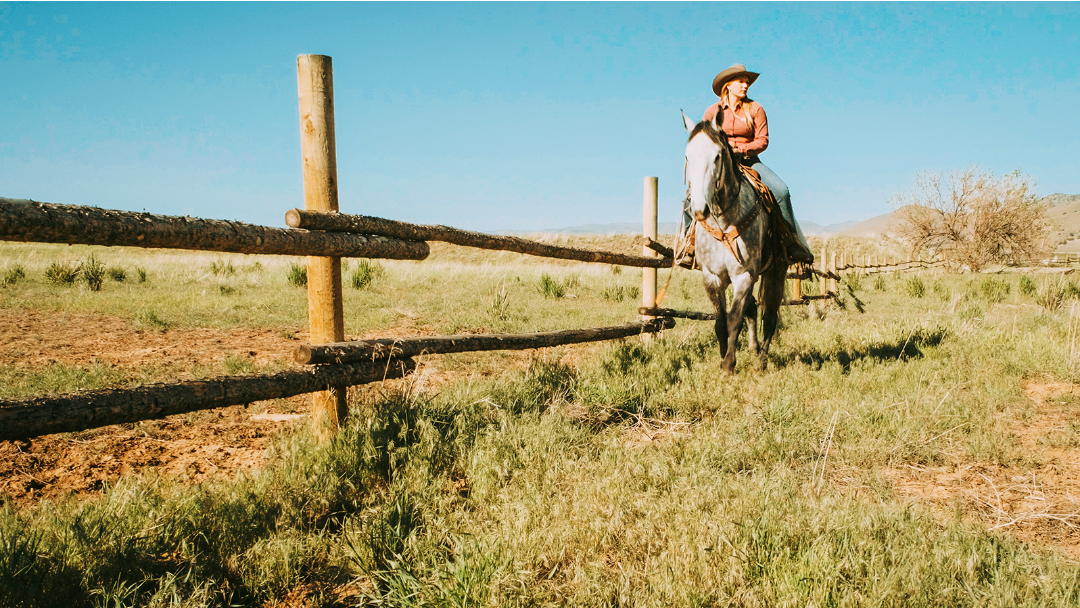
Teaching about the American West: Cowgirls
While their urban counterparts were restricted to more traditional female roles in the late 1800’s, women of the American West were roping and riding broncs.
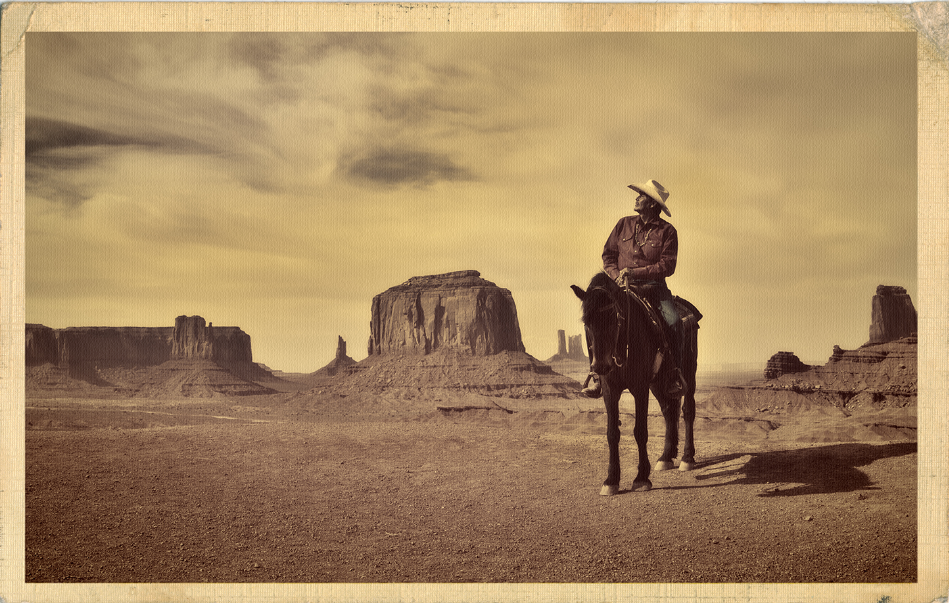
Teaching about the American West: Native Americans as Cowboys
Dime-store novels and Wild West television shows helped construct the stereotypical images of the “white” cowboy and the red-skinned Indian “savages.
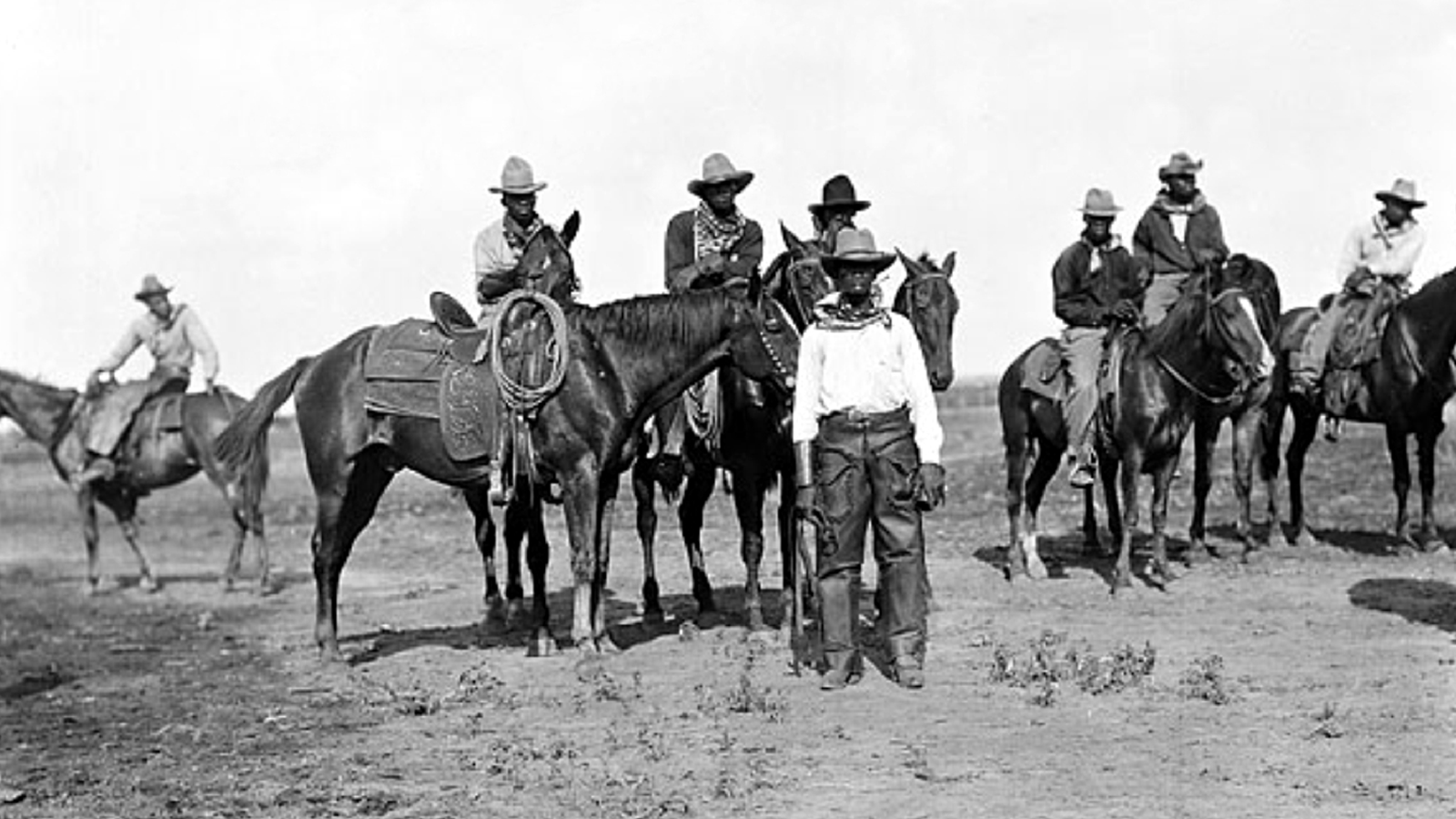
Teaching about the American West: Black Cowboys
The cowboy is viewed as an American icon: rugged rider of the range; champion of the good.
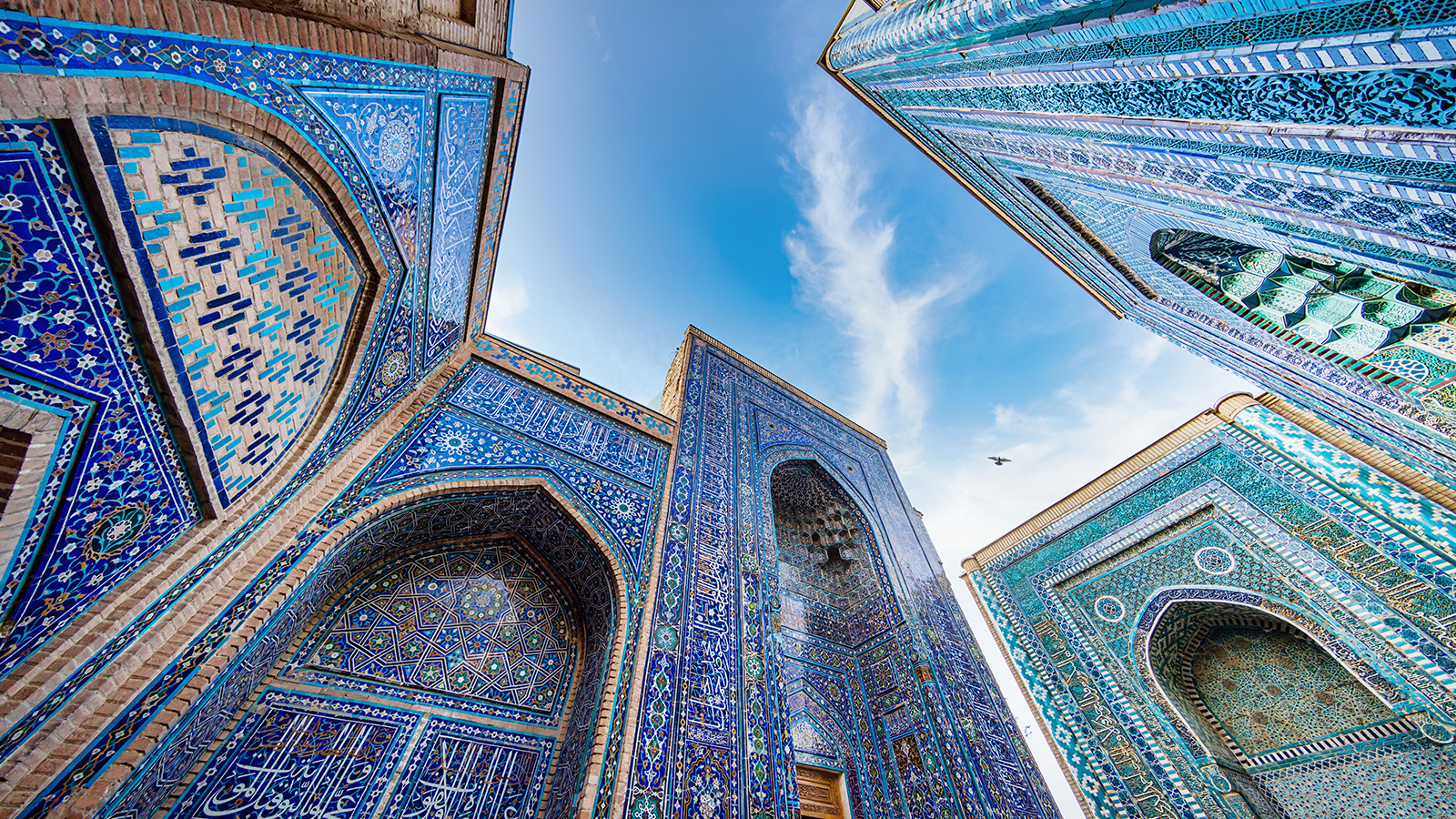
Teaching History through Ceramic Tiles
Clay has been used for many things throughout history, including writing surfaces, money, cooking vessels, and building materials.

Teaching Geographic Literacy through Children’s Books
In the primary grades, maps are useful tools to help the young reader put stories into perspective and develop a sense of place.